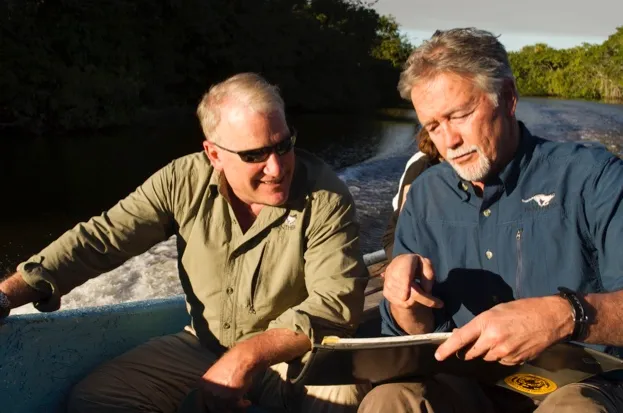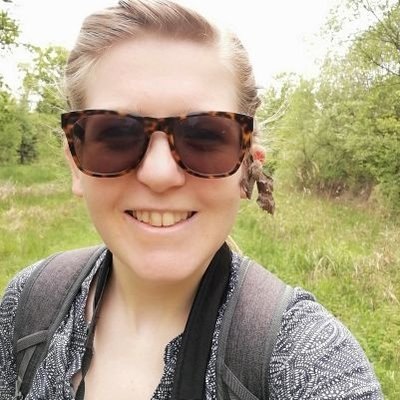Jaguar experts are setting out on a mission to travel across the Jaguar Corridor from Mexico to Argentina, a journey that is expected to take three years.
Along the way, they are planning to assess the state of the jaguar population and the areas of the Jaguar Corridor that are most in need of conservation attention.
They are hoping to persuade governments, corporations and local communities to save the jaguar.
“The Jaguar Corridor exists today because the jaguar shaped it and owned it, overcoming all obstacles that stood in its way,” says Dr Alan Rabinowitz, CEO of Panthera.
“Although human beings are relative latecomers to the story of the jaguar, they are the crucial determinant in what comes next for the species.”

Dr Alan Rabinowitz and Dr Howard Quigley © Alex de Villa / Panthera
During the Journey of the Jaguar expedition, Dr Rabinowitz and Dr Howard Quigley, executive director of Panthera’s Jaguar Progam, will visit a range of important jaguar locations, including the site where Panthera captured the first ever photos of a wild jaguar with cubs in an oil palm plantation.
The Jaguar Corridor is 8,000 kilometres along, and includes protected areas, cattle ranches, palm oil plantations and the Panama Canal.

The first jaguar and cubs to be photographed on an oil palm plantation © Panthera

